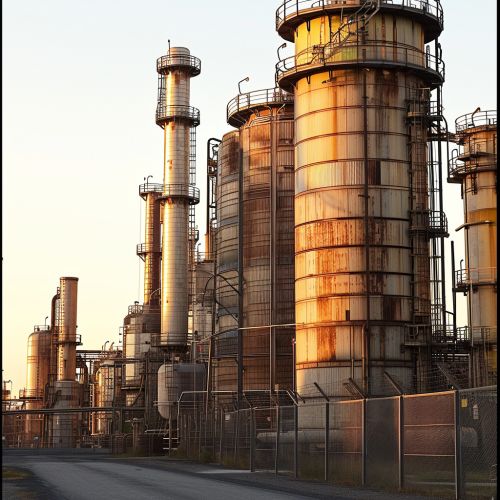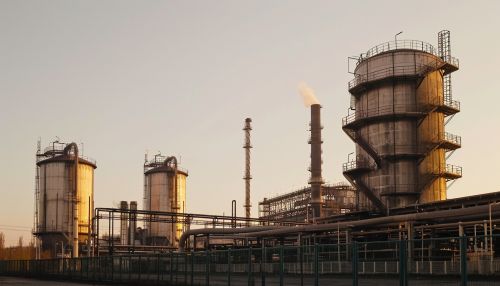Nuclear Power Plant
Introduction
A Nuclear Power Plant is a type of power station that generates electricity using heat from nuclear reactions. These reactions take place within a reactor. The plant also has machines which remove heat from the reactor to operate a steam turbine and generator to produce electricity. Electricity generated by nuclear power plants is called nuclear power.
History
The concept of a nuclear power plant was first proposed in the early 20th century. However, it was not until the 1950s that the first commercial nuclear power plants were constructed. The development of nuclear power was initially driven by a desire to harness the power of the atom for peaceful purposes, following the devastation caused by the atomic bombings of Hiroshima and Nagasaki in World War II.
Design and Operation
A nuclear power plant operates on the principle of nuclear fission, where the nucleus of a heavy atom, such as uranium or plutonium, is split into two or more smaller nuclei along with some by-products. This process releases a large amount of energy, which is used to heat water and produce steam. The steam then drives a turbine, which is connected to an electric generator.


Types of Nuclear Reactors
There are several types of nuclear reactors used in power plants around the world, including pressurized water reactors (PWRs), boiling water reactors (BWRs), heavy water reactors (HWRs), and fast neutron reactors (FNRs). Each type of reactor has its own advantages and disadvantages, and the choice of reactor can depend on factors such as the availability of fuel, safety considerations, and the intended use of the reactor.
Safety and Regulation
Safety is a primary concern in the operation of nuclear power plants. To ensure safety, nuclear power plants are designed with multiple safety systems and redundancies. These include containment structures to prevent the release of radiation, emergency cooling systems to cool the reactor in case of a malfunction, and multiple barriers to prevent the release of radioactive materials.
Environmental Impact
While nuclear power plants produce no direct carbon dioxide emissions, they do have other environmental impacts. These include the production of radioactive waste, the potential for nuclear accidents, and the environmental impact of uranium mining and refining.
Future of Nuclear Power
The future of nuclear power is uncertain, with factors such as nuclear accidents, the disposal of nuclear waste, and competition from other energy sources influencing its prospects. However, with the growing need for low-carbon energy sources to combat climate change, nuclear power may still play a significant role in the world's energy mix.
